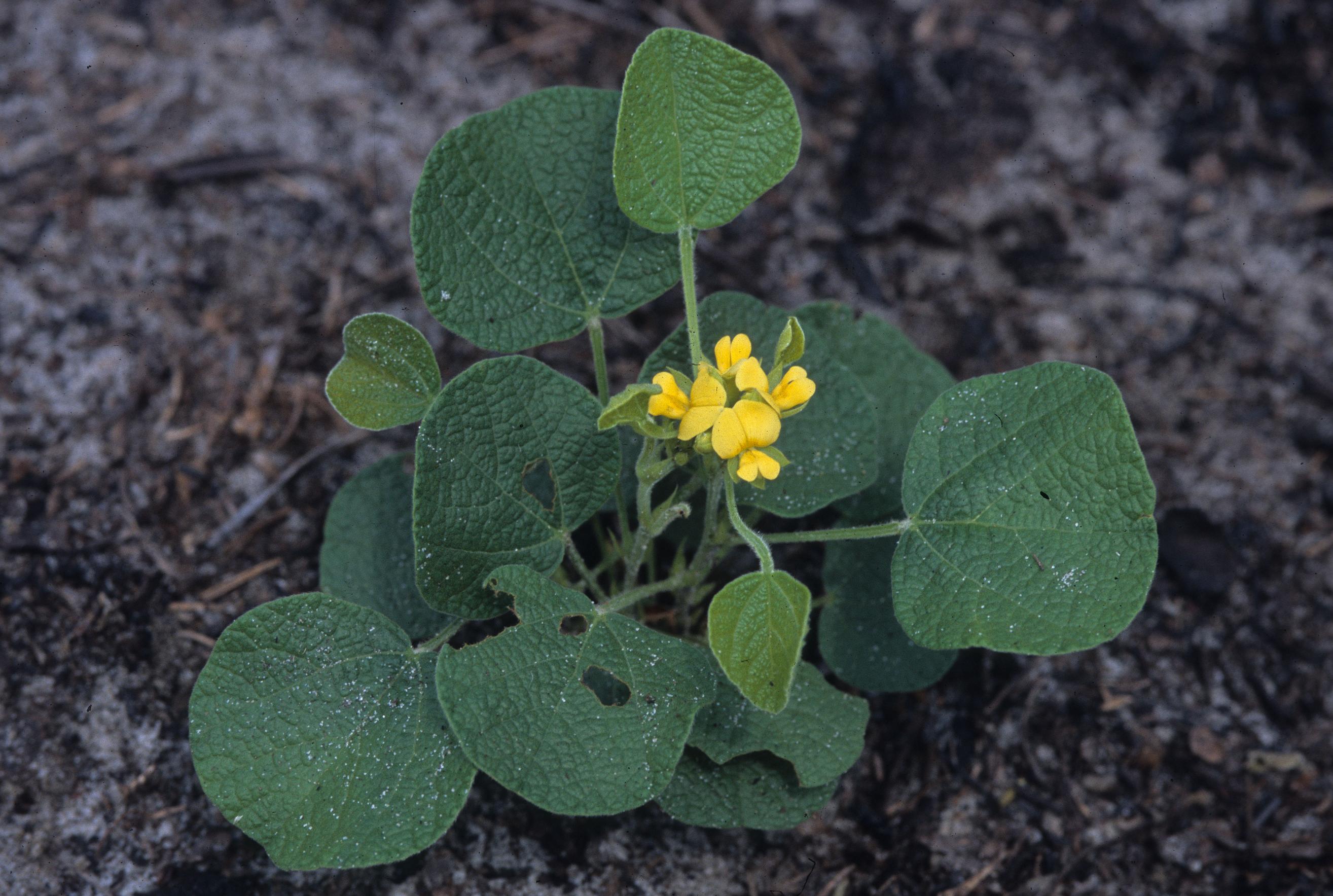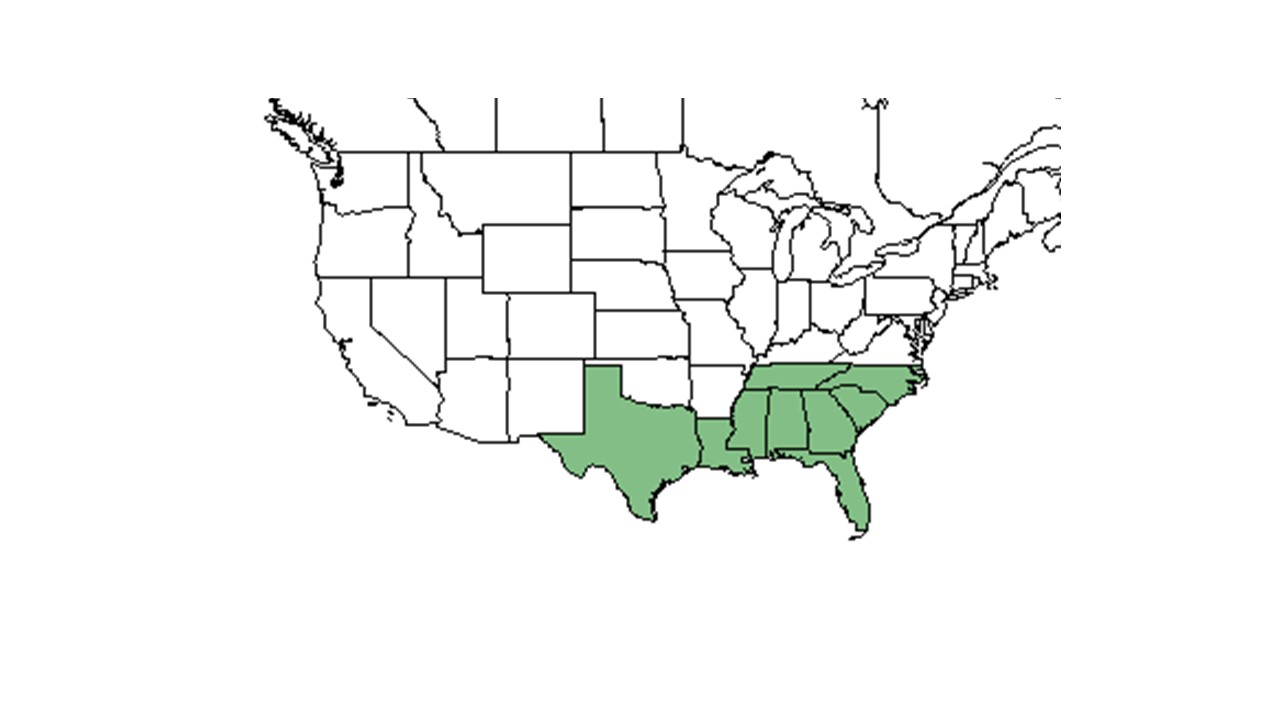Difference between revisions of "Rhynchosia reniformis"
| Line 26: | Line 26: | ||
===Seed bank and germination=== | ===Seed bank and germination=== | ||
===Fire ecology=== <!--Fire tolerance, fire dependence, adaptive fire responses--> | ===Fire ecology=== <!--Fire tolerance, fire dependence, adaptive fire responses--> | ||
| + | In a burning x no shade treatment, R. reniformis was found to have elevated levels of N2-fixation (Hiers and Mitchell 2007). Herbivory damage for R. reniformis does not increase with time since fire (Knight and Holt 2005). | ||
| + | |||
===Pollination=== | ===Pollination=== | ||
===Use by animals=== <!--Herbivory, granivory, insect hosting, etc.--> | ===Use by animals=== <!--Herbivory, granivory, insect hosting, etc.--> | ||
Revision as of 14:20, 17 June 2015
| Rhynchosia reniformis | |
|---|---|

| |
| Photo was taken by Gil Nelson | |
| Scientific classification | |
| Kingdom: | Plantae |
| Division: | Magnoliophyta - Flowering plants |
| Class: | Magnoliopsida - Dicotyledons |
| Order: | Fabales |
| Family: | Fabaceae |
| Genus: | Rhynchosia |
| Species: | R. reniformis |
| Binomial name | |
| Rhynchosia reniformis DC. | |

| |
| Natural range of Rhynchosia reniformis from USDA NRCS Plants Database. | |
Contents
Description
Distribution
Ecology
Habitat
Phenology
Seed dispersal
Seed bank and germination
Fire ecology
In a burning x no shade treatment, R. reniformis was found to have elevated levels of N2-fixation (Hiers and Mitchell 2007). Herbivory damage for R. reniformis does not increase with time since fire (Knight and Holt 2005).